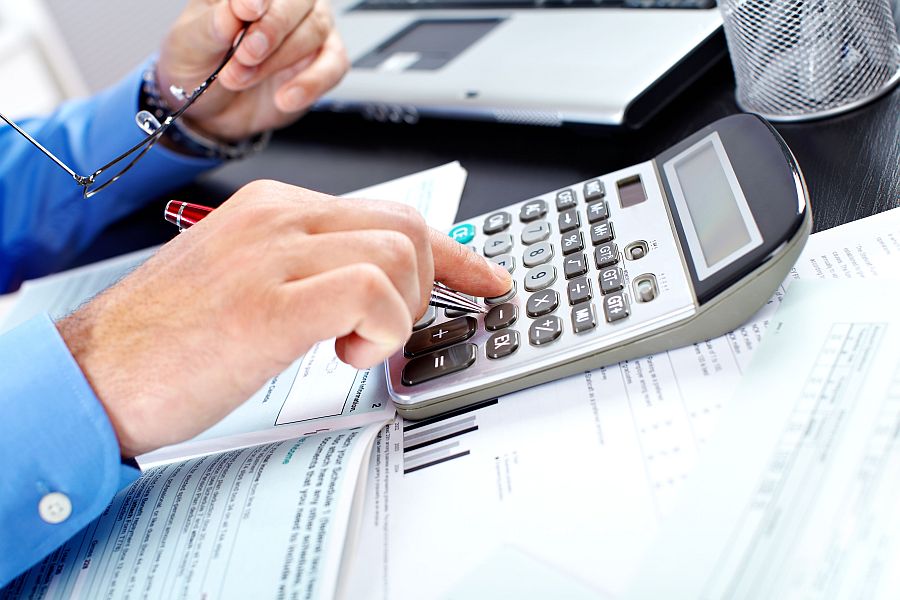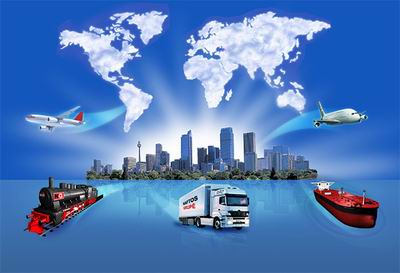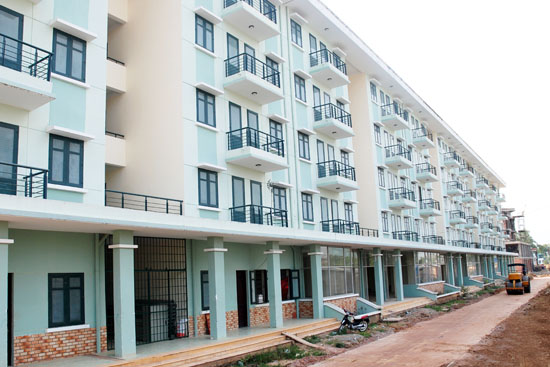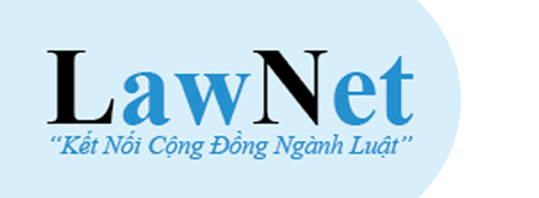The Environmental Protection Tax Law was passed by the National Assembly on November 15, 2010, and officially came into effect on January 1, 2012. Although it has not been implemented for long, alongside the achieved outcomes, the Environmental Protection Tax Law has also revealed certain limitations.
Environmental protection is always one of the major policies of the Communist Party and our State. In fact, environmental protection tax is identified as an indirect tax, levied on products and goods when their use has a negative impact on the environment. Article 3 of the Environmental Protection Tax Law stipulates 8 groups of products and goods currently subject to the Environmental Protection Tax Law. These include gasoline, oil, lubricants; coal; hydro-chloro-fluoro-carbon (HCFC) solution; taxable plastic bags; herbicides restricted in use; termite control chemicals restricted in use; forest product preservatives restricted in use; warehouse disinfectants restricted in use. However, in reality, many products and goods that have the potential to cause environmental pollution are not yet included in the scope of the Environmental Protection Tax Law, such as industrial detergents, tobacco, and radioactive waste. The limited number of goods subject to the environmental protection tax is one of the reasons why the Environmental Protection Tax, despite being an indirect tax, receives little attention from consumers and yields modest tax revenues. Therefore, competent state agencies should have a roadmap to gradually expand the range of taxable objects. In addition to the limited scope of taxable objects, there are also ongoing debates regarding the current regulations of the Environmental Protection Tax Law on certain taxable goods.
One of the shortcomings of the Environmental Protection Tax Law is the environmental protection tax rate. The current law determines the environmental protection tax rate according to an absolute tax rate to ensure simplicity, transparency in implementation, and stable revenue for the budget. However, the gap between the minimum and maximum rates applied to a type of goods is relatively large, which may lead to inconsistencies in application among enterprises producing the same item but located in different provinces. For example, Circular No. 152/2011/TT-BTC dated November 11, 2011, guiding the implementation of Decree No. 67/2011/ND-CP dated August 8, 2011, of the Government of Vietnam, which provides detailed regulations and guidelines for implementing several provisions of the Environmental Protection Tax Law, defines taxable plastic bags (foam plastic bags) as thin plastic bags or packaging made from single-layer HDPE (high-density polyethylene resin) film... but does not clearly specify whether this applies to single-layer bags or bags made from a single material (PE). In practice, some bags are made from multiple materials but have only one layer. When taxing, enforcement agencies simply see the label "PE" and impose the tax, regardless of whether the bag is single-layer or multi-layer. This increases the selling price, potentially reducing the competitiveness of Vietnamese enterprises compared to foreign plastic enterprises. Additionally, Clause 1, Article 8 of the Environmental Protection Tax Law stipulates that the tax rate is 30,000 VND/kg to 50,000 VND/kg, and tax officials, who may lack technical expertise in the plastic industry, may struggle to distinguish which type should be taxed at 30,000 VND/kg and which at 50,000 VND/kg, leading to the risk of arbitrary application or some negative behavior in tax calculation.
Regarding gasoline, the environmental protection tax rate is generally applied to all types of gasoline, except ethanol, which is unreasonable. Globally, countries typically classify gasoline based on different pollution levels. For example, Germany taxes gasoline based on its sulfur content: gasoline with sulfur content above 10mg/kg is taxed at 669.80 Euro/liter; gasoline with sulfur content below 10 mg/kg is taxed at 654.90 Euro/liter. Similarly, Singapore bases the tax rate on the octane rating: octane 92/95 gasoline has a tax rate of 0.4 Singapore dollars/liter; octane 97 and above 97 gasoline has a tax rate of 0.44 Singapore dollars/liter.
The Environmental Protection Tax is still a relatively new concept to many citizens. Environmental protection is considered one of humanity's survival issues. Along with other economic and legal measures, the issuance and application of the Environmental Protection Tax Law is essential. The issue is that alongside the application process, it is necessary to improve the provisions of the environmental protection tax law to help change the behavior of organizations and individuals; raise awareness of environmental protection; encourage energy-saving and efficient use; reduce pollution and environmental degradation, and create additional revenue for environmental restoration activities, meeting sustainable development requirements.
Source: Master Nguyen Thi Mai Dung
 Article table of contents
Article table of contents





.Medium.png)
.Medium.png)
.Medium.png)
.Medium.png)
